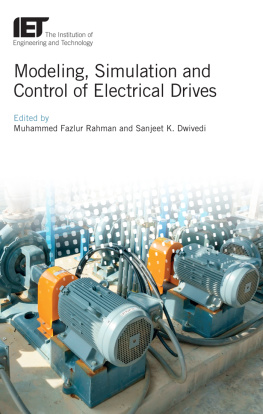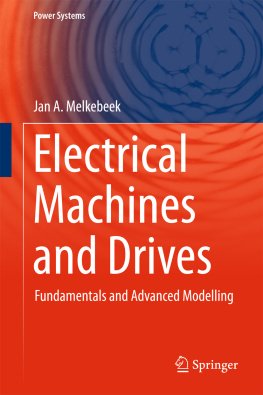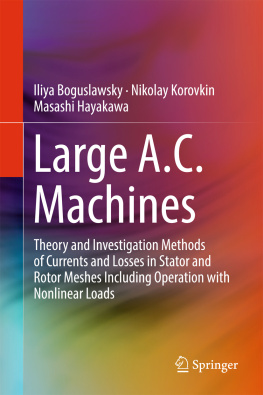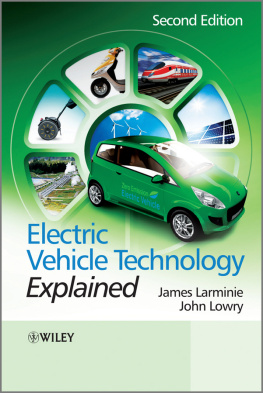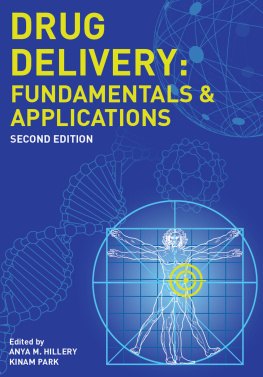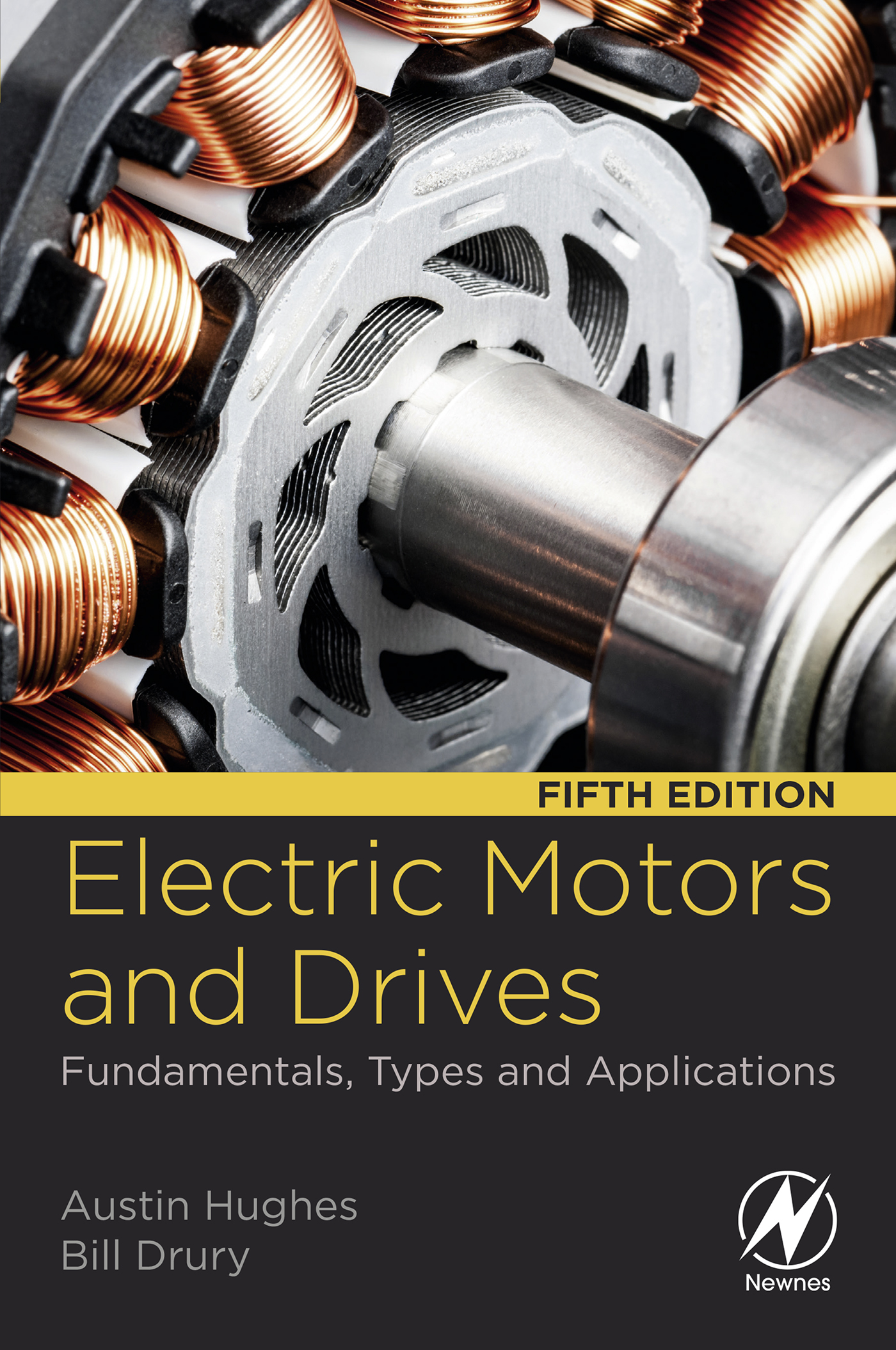Copyright
Newnes is an imprint of Elsevier
The Boulevard, Langford Lane, Kidlington, Oxford OX5 1GB, United Kingdom
50 Hampshire Street, 5th Floor, Cambridge, MA 02139, United States
2019 Elsevier Ltd. All rights reserved.
No part of this publication may be reproduced or transmitted in any form or by any means, electronic or mechanical, including photocopying, recording, or any information storage and retrieval system, without permission in writing from the publisher. Details on how to seek permission, further information about the Publishers permissions policies and our arrangements with organizations such as the Copyright Clearance Center and the Copyright Licensing Agency, can be found at our website: www.elsevier.com/permissions.
This book and the individual contributions contained in it are protected under copyright by the Publisher (other than as may be noted herein).
Notices
Practitioners and researchers must always rely on their own experience and knowledge in evaluating and using any information, methods, compounds, or experiments described herein. In using such information or methods they should be mindful of their own safety and the safety of others, including parties for whom they have a professional responsibility.
To the fullest extent of the law, neither the Publisher nor the authors, contributors, or editors, assume any liability for any injury and/or damage to persons or property as a matter of products liability, negligence or otherwise, or from any use or operation of any methods, products, instructions, or ideas contained in the material herein.
Library of Congress Cataloging-in-Publication Data
A catalog record for this book is available from the Library of Congress
British Library Cataloguing-in-Publication Data
A catalogue record for this book is available from the British Library
ISBN: 978-0-08-102615-1
For information on all Newnes publications visit our website at https://www.elsevier.com/books-and-journals
Publisher: Joe Hayton
Acquisition Editor: Lisa Reading
Editorial Project Manager: Thomas Van Der Ploeg
Production Project Manager: Kamesh Ramajogi
Cover Designer: Matthew Limbert
Typeset by SPi Global, India

Preface
The fifth edition, like its predecessors, is intended primarily for non-specialist users or students of electric motors and drives, but we are pleased to have learned that many researchers and specialist industrialists have also acknowledged the value of the book in providing a clear understanding of the fundamentals of the subject.
Our aim is to bridge the gap between specialist textbooks (which are pitched at a level which is too academic/analytical for the average user) and the more prosaic handbooks which are full of detailed information but provide little opportunity for the development of any real insight. We intend to continue what has been a successful formula by providing the reader with an understanding of how each motor and drive system works, in the belief that it is only by knowing what should happen (and why) that informed judgements and sound comparisons can be made.
Given that the book is aimed at readers from a range of disciplines, sections of the book are of necessity devoted to introductory material. The first and second chapters therefore provide a gentle introduction to electromagnetic energy conversion and power electronics respectively. Many of the basic ideas introduced here crop up frequently throughout the book (and indeed are deliberately repeated to emphasise their importance), so unless the reader is already well-versed in the fundamentals it would be wise to absorb the first two chapters before tackling the later material. At various points later in the book we include more tutorial material, e.g. in where we unravel the mysteries of field-oriented control.
The book covers all of the most important types of motor and drive, including conventional and brushless d.c., induction motors, synchronous motors of all types (including synchronous reluctance motors and salient Permanent Magnet motors), switched reluctance, and stepping motors. Induction motors, synchronous motors and their drives are given most attention, reflecting their dominant market position in terms of numbers. Conventional d.c. machines and drives are deliberately introduced early on, despite their much-reduced importance: this is partly because understanding is relatively easy, but primarily because the fundamental principles that emerge carry forward to the other types. Experience shows that readers who manage to grasp the principles of the d.c. drive will find this know-how invaluable in dealing with other more challenging types.
The fifth edition has been completely revised, updated and expanded. Modest changes to .
The new is devoted exclusively to the treatment of Field Oriented control, reflecting its increasing importance for both induction and synchronous motor drives. The principles of control are explained in a unique physically-based way that builds on the understanding of motor behaviour developed earlier in the book: we believe that the largely non-mathematical treatment will dispel much of the mystique surrounding what is often regarded as a difficult topic.
The discussion of synchronous, permanent magnet and reluctance motors and drives has been greatly expanded in the new . There has been significant innovation in this area since the fourth edition, particularly in the automotive, aircraft and industrial sectors, with novel motor topologies emerging, including hybrid designs that combine permanent magnet and reluctance effects. We now include a physical basis for understanding and quantifying torque production in these machines, and this leads to simple pictures that illuminate the control conditions required to optimise torque.
We have responded to requests by providing Review Questions at the end of each chapter, together with fully-worked solutions intended to guide the reader through a logical approach to the question, thereby reinforcing knowledge and understanding.
Younger readers may be unaware of the radical changes that have taken place over the past 60 years, so a couple of paragraphs are appropriate to put the current scene into perspective. For more than a century, many different types of motor were developed, and each became closely associated with a particular application. Traction, for example, was seen as the exclusive preserve of the series d.c. motor, whereas the shunt d.c. motor, though outwardly indistinguishable, was seen as being quite unsuited to traction applications. The cage induction motor was (and still is) the most numerous type but was judged as being suited only to applications which called for constant speed. The reason for the plethora of motor types was that there was no easy way of varying the supply voltage and/or frequency to obtain speed control, and designers were therefore forced to seek ways of providing for control of speed within the motor itself. All sorts of ingenious arrangements and interconnections of motor windings were invented, but even the best motors had a limited operating range, and they all required bulky electromechanical control gear.





